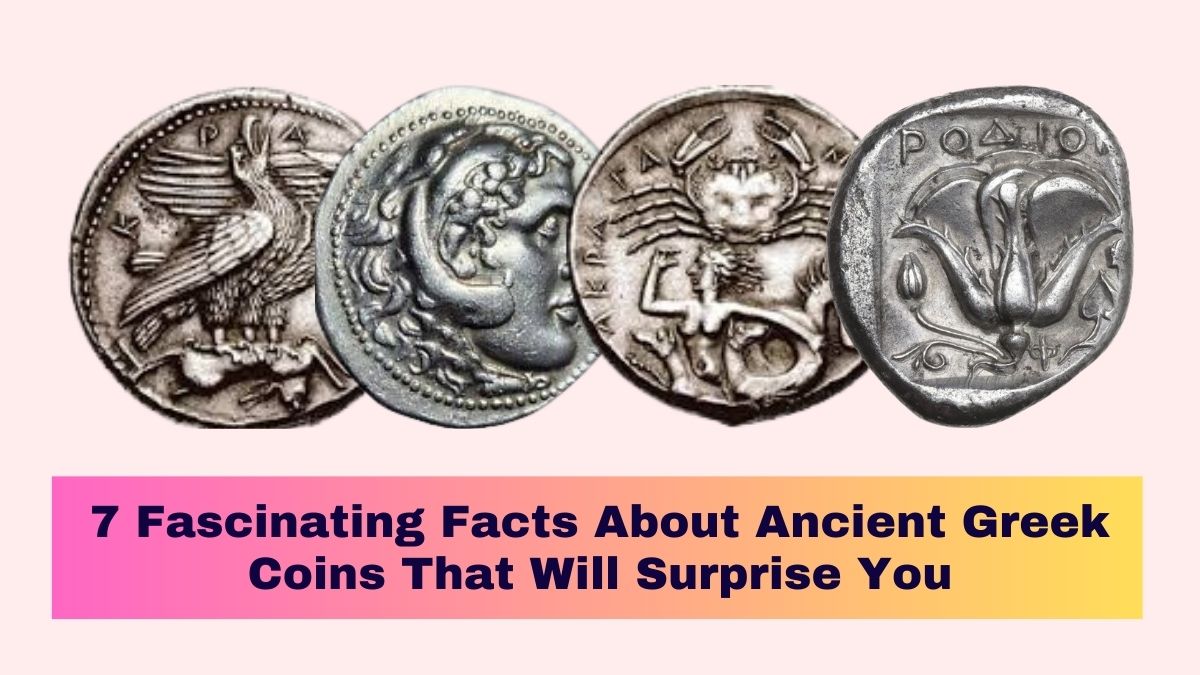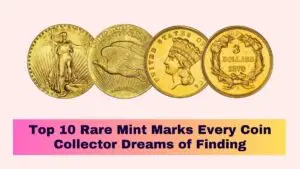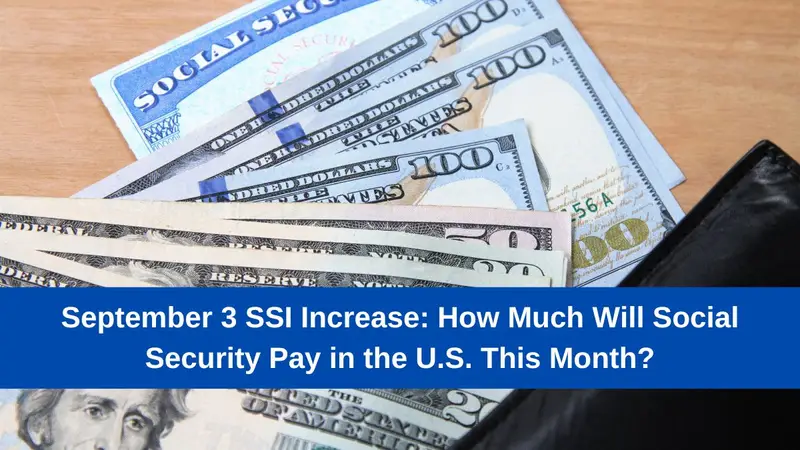Ancient Greek coins are not just remnants of a bygone era, but they also hold incredible historical, artistic, and cultural value.
These coins tell the story of Greek city-states, their rulers, and their economic prowess. Let’s dive into seven surprising facts about these ancient treasures that will leave you in awe.
7 Secrets of Ancient Greek Coins You Didn’t Know About
1. The Birthplace of Coinage
While coins existed in several parts of the world, Ancient Greece is often credited as one of the first civilizations to develop metal coinage systematically around the 7th century BC.
The first Greek coins were made from electrum, a naturally occurring alloy of gold and silver, and were stamped with various designs to signify authenticity.
Coins like the famous silver tetradrachm from Athens featured Athena, the goddess of wisdom, and an owl, representing knowledge and protection.
| Coin | Material | Approximate Date | City-State | Key Feature |
|---|---|---|---|---|
| Tetradrachm | Silver | 5th century BC | Athens | Athena and Owl |
| Stater | Silver | 6th century BC | Aegina | Sea turtle |
| Croeseid | Gold/Silver | 6th century BC | Lydia | First bimetallic coinage |
2. The Tetradrachm: Symbol of Athenian Power
The Athenian tetradrachm, minted in the 5th century BC, became one of the most recognizable and widely circulated coins in the ancient world.
The coin was primarily used in trade across the Mediterranean, reflecting Athens’ dominance in commerce.
Featuring Athena on one side and her sacred owl on the other, this coin is often called the “Owl of Athena”. Its purity and weight made it highly trusted in international transactions.
3. Designs with Deep Symbolism
Greek coins were not just currency; they were propaganda tools that conveyed messages of power and influence. City-states often minted coins that depicted their patron gods, heroes, and symbols.
For instance, Corinth used the image of Pegasus, the winged horse, on its coins, while Knossos featured the Labyrinth to symbolize its mythological connection to the Minotaur.
4. Rare Coins Unearthed in Greece
Recent discoveries in Greece have unearthed coins dating back to between the 6th and 4th centuries BC. These coins, many from different city-states, provide a glimpse into the diversity and richness of ancient Greek culture.
Some of the rarest finds include Olympic coins minted during the games, highlighting the cultural importance of sports in Greek society.
5. Coin Making: A Labor of Precision
Ancient Greek coins were crafted by skilled artisans who engraved designs onto bronze or iron dies. The blank metal discs, made of gold, silver, or electrum, were heated and struck to form the coins. Each coin was individually hand-stamped, making every piece unique.
As city-states grew in wealth, more elaborate and intricate designs emerged, showcasing the artistic capabilities of Greek coin makers.
6. Counterfeiting and Coin Testing
While Greek coins were valuable, they were also targets for counterfeiters. To combat this, many coins were designed with complex images that were difficult to replicate.
Additionally, Greek merchants would sometimes punch small holes into coins to test their purity, ensuring the coin was solid metal and not just a thin covering over a cheaper core.
7. The Influence of Greek Coins Beyond Greece
As Greek culture spread through conquests, notably under Alexander the Great, Greek coins became the currency of a vast empire stretching from Egypt to India.
The Hellenistic period saw coins featuring portraits of kings, gods, and mythical creatures, showcasing the blending of cultures.
These coins were often larger and more detailed than those of the Classical period, reflecting the wealth and power of the Hellenistic kingdoms.
Conclusion
Ancient Greek coins are more than just pieces of metal; they are historical artifacts that reflect the artistry, economy, and political power of one of the world’s greatest civilizations.
From the symbolic owl of Athens to the intricate designs found on Olympic coins, these ancient currencies give us a window into the past, helping us understand the culture and influence of ancient Greece.
FAQs
1. What was the first Greek coin?
The first Greek coins were made of electrum and originated from the island of Aegina around the 7th century BC. They featured a sea turtle, symbolizing the island’s maritime power.
2. Why did Athens use the owl on its coins?
The owl was the sacred bird of Athena, the patron goddess of Athens. It symbolized wisdom and protection.
3. What materials were ancient Greek coins made of?
Greek coins were primarily made from silver, gold, and electrum, a natural alloy of gold and silver.
4. How were counterfeit coins prevented in ancient Greece?
Complex designs were used to prevent counterfeiting, and coins were often tested for purity by punching small holes to ensure they were made of solid metal.
5. Did all Greek city-states mint their own coins?
Not all Greek city-states minted coins; for example, Sparta avoided coinage for centuries, using iron ingots instead. However, most major city-states, such as Athens and Corinth, produced their own distinct coins.
References
- World History Encyclopedia. “Ancient Greek Coinage.”
- Greek City Times. “Unearthed Treasures: Ancient Coins and More Discovered in Greece.”
- Kidadl. “161 Ancient Greek Coins Facts.”
- TheCollector. “Ancient Greek Coins: 15 Classical Coins by City.”















